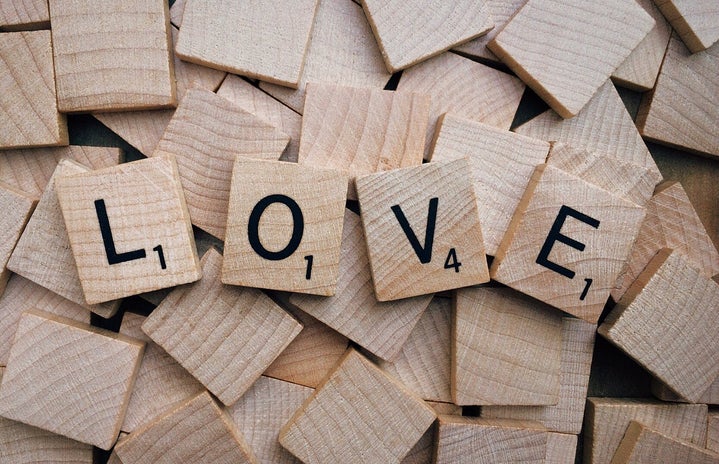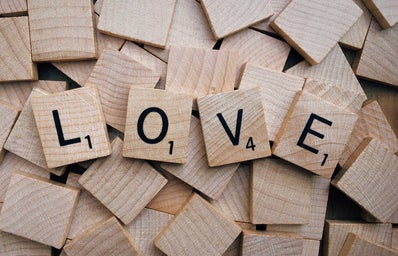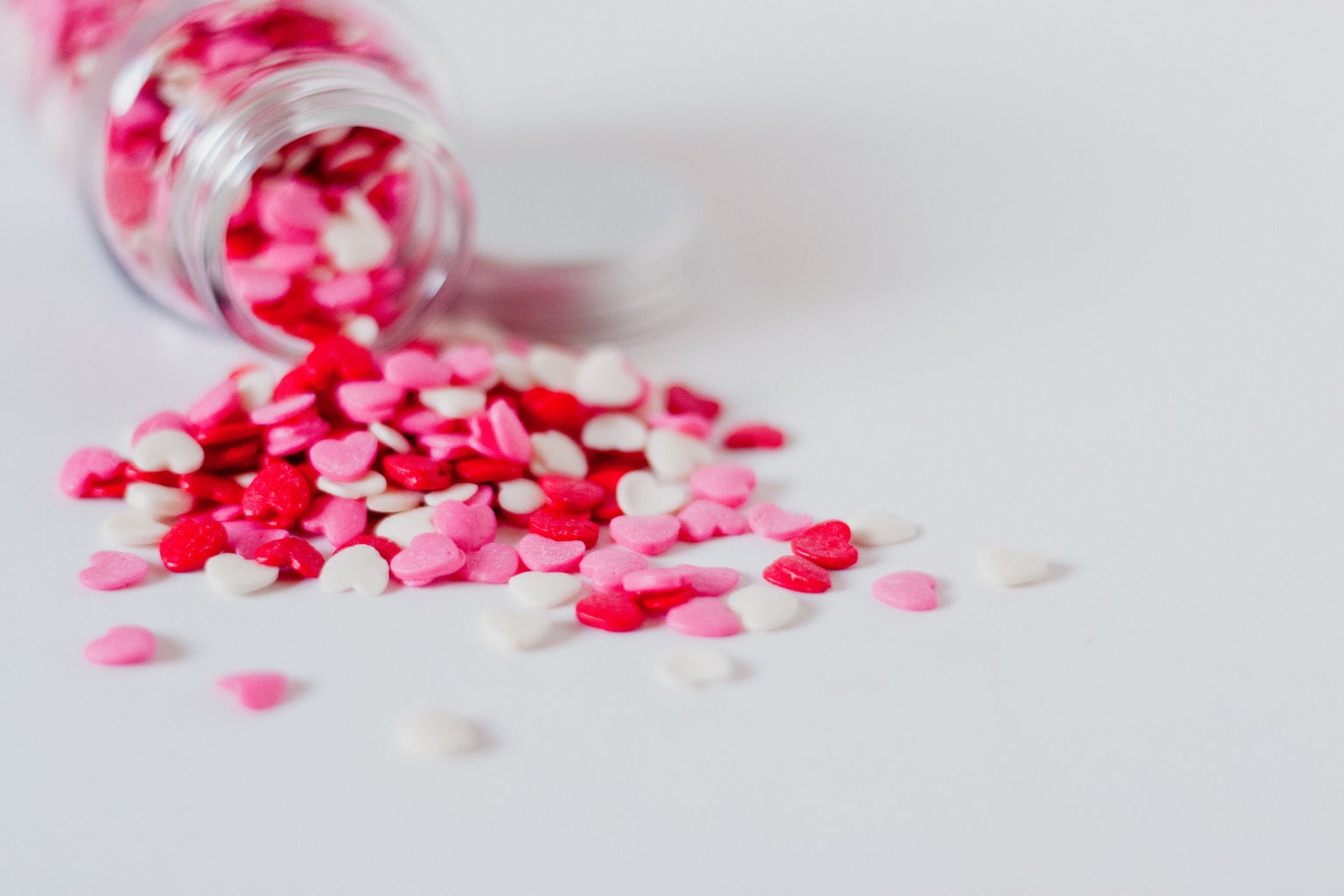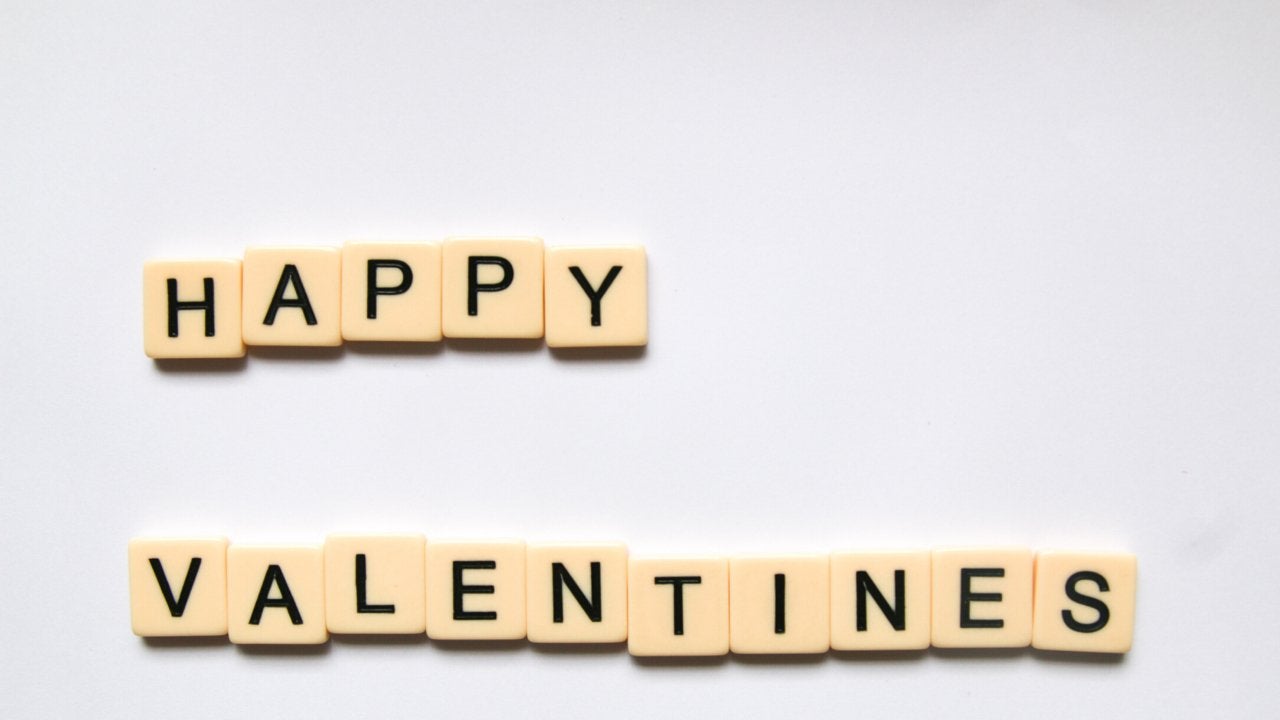There’s a reason we say we have chemistry with the people we love- it’s because that’s really all love is! Everything about love- whether it’s the colors we associate with love, the attraction we feel towards one another, the connectedness or bonds with that special someone- is caused by a biological response in our bodies.
Colors
The colors red and pink are often associated with Valentine’s Day and love. But why is this? Why do our brains automatically associate red and pink with love?
There’s actually a biological reason for this. The color red is said to increase heart rate and blood pressure. It also signals danger, which is why the color is used for stop signs or alarms. However, being in love signals the same hormones that our bodies experience when we feel endangered, our “flight-or-fight” response. Our bodies innately associate the color red with love because it triggers the same response that we feel while falling in love.
On the other hand, wearing red can also increase our attractiveness to one another. According to studies at the University of Rochester, women have an increased sexual attraction to men who wear red, because it implies power, success, and wealth. Biologically, women are searching for the most suitable and well-off mate, so red signals that– even if women don’t realize it.
Pink is used to represent a gentler love and romance. According to Romper.com, it is commonly associated with love because it is a mix of red and white. White is often associated with innocence and purity, so mixing that with the passion and intensity of red creates an effect of a softer love color.
Hormones and Chemicals
There are many different things that signify love, but mostly they can be boiled down to a few main hormones and chemicals that our body produces to tell us we are experiencing love. Katherine Wu, a graduate student from Harvard University, categorizes romantic love into three categories: lust, attraction, and attachment.
Lust is more of a biological need to reproduce and stimulates sex hormones testosterone and estrogen. These hormones increase libido and sexual motivation.
Attraction seeks gratification and rewards and makes us feel good. Doing things in a relationship with someone, something as simple as just hanging out with that person, can release dopamine and serotonin: our famous happy hormones. These hormones make us feel good and euphoric in our relationships, and make us always want to be around the people we love to keep increasing these hormones. (Fun fact: eating chocolate also releases dopamine and serotonin, and simulates the feeling of love, so that’s why giving chocolate is so common on Valentine’s Day!)
Attachment is involved in almost any relationship, romantic or otherwise, and bonds us to the people we are close to. Attachment is associated mostly with oxytocin and vasopressin. These hormones are released when bonding or cuddling with others, and are released largely during sex, breastfeeding, and childbirth. They make us feel connected to, bonded to, and in love with others.
So the next time you feel a rush when you see that special someone, remember that feeling the chemistry with your partner is just that- chemistry! Happy Valentine’s Day!






